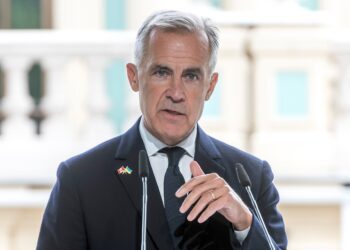Women lead 29 central banks, up from from 23 in 2023, the biggest rise in decades according to the IMF, bringing theproportion up to 16% of the world’s 185 central banks.
The report cited Bosnia and Herzegovina and Papua New Guinea as examples of smaller economies which were leading this trend.
“Greater gender balance in senior positions may help increase the diversity of thought and checks and balances, in turn contributing to increased economic and financial stability and improved performance,” noted the IMF.
Only a third of economists or managers at the central banks of the G7 are women, according to the report.
By Staff












